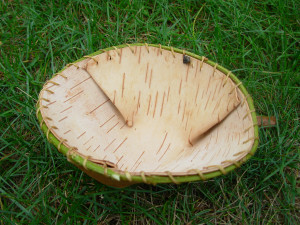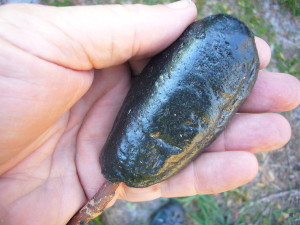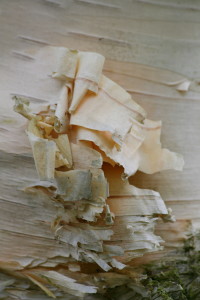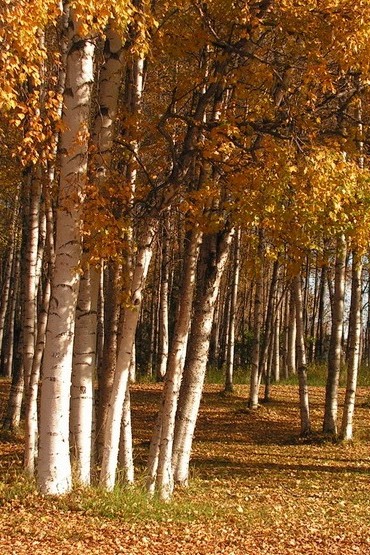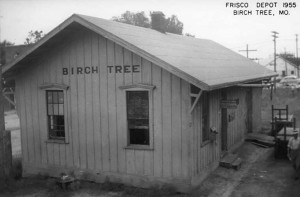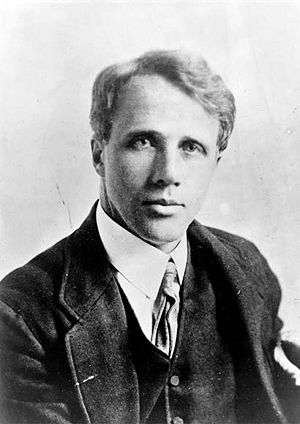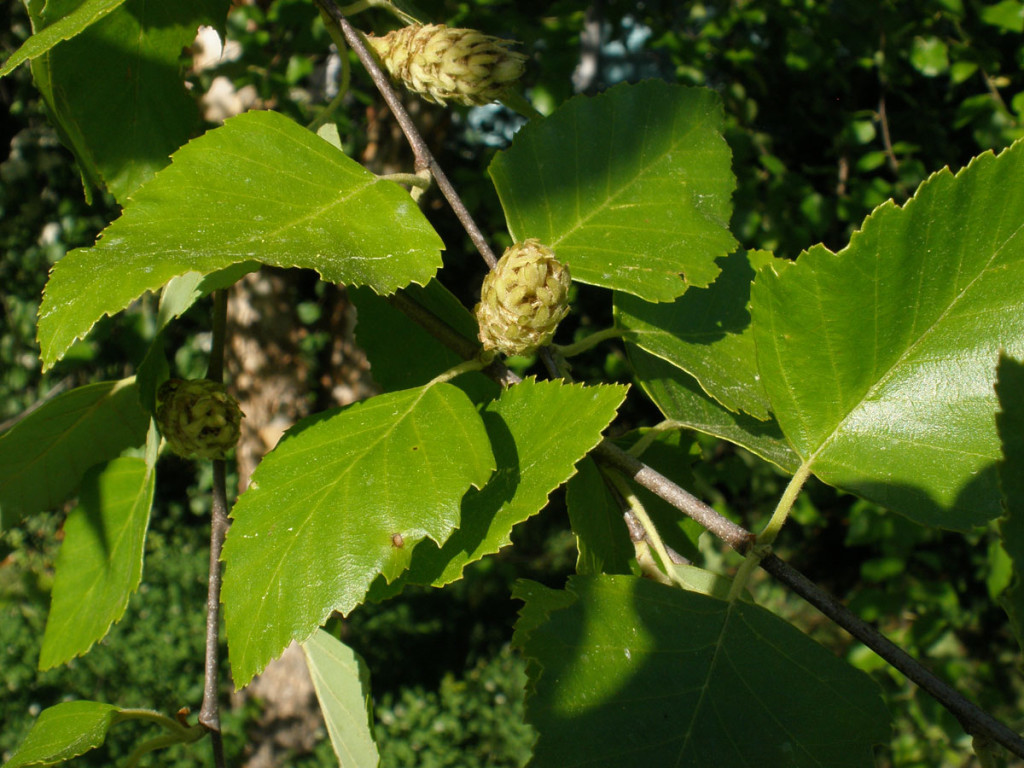
Betula nigra, the Black Birch or River Birch, photo by SIU.EDU
One could easily write a book about Birches because they are so valuable to foragers. While I grew up with white birches in Maine Birches don’t grow locally though if you plant one about 100 miles north of here as an ornamental it will survive. The Black Birch, Betula nigra, however is a native and can be found in northwestern Florida.
Let’s talk first about the well-know facts about Birches: Yes you can drink the sap and make syrup, beer, wine or vinegar out of it, or sugar. You can make a tea from the root bark, leaves or branch tips or eat the tips. Very young leaves can be eaten or used for flavoring. And you can make cups to baskets to canoes out of the bark. Birch sawdust can be added to flour to extend it. The inner bark, the cambium, is edible and can be used as a flour-like substitute (that won’t rise.) The wood, solid or rotten, can make a smokey burn to cure fish and meat, or the wood can also be used for a fawn-colored dye. (The wood of Birches catches fire even if wet.) The species’ “wintergreen” aroma is methyl salicylate which is closely related to aspirin and has medicinal applications. The Creeks used the Black Birch to treat tuberculosis of the lungs, the Catawbas boiled buds and added sulfur to make a salve to treat ringworm and sores. The Alabama boiled the bark to treat sore horse hooves, and the Cherokee chewed the leaves or made a tea to treat colds, dysentery and urinary issues. The species’ oil was also used to treat dandruff and as a perfume.
What you may not know is that Birch resin, or tar, was the first super glue. I even have my own chunk of it, left (thank’s Bill!) Archaeological research shows it has been used for at least 80,000 years: A spear point is extant with a Neanderthal thumb print in the tar. There also exists 11,000 year old bits of Birch tar with human teeth marks… crude chewing gum. Ancient Greeks used the tar to mend broken pottery. Birch tar is solid at 65°F, moldable at 85°F, a stiff putty at 105°F, a soft sticky putty at 135°F and boils at 352°F. Birch tar is not made from the sap but rather the bark itself, heated in an oven with little air (similar to making charcoal.) The bark expresses an oil that runs out a small hole in the bottom of the oven. When it cools it’s waterproof and not brittle. Among the tar’s many uses was to glue arrowheads to shafts.
Betula is Dead Latin for the tree and genus (BEH-too-lah and beh-TOO-lah.) “Birch” is from Old English berc or beorc which again is from Betula. Another view is that “birch” is from the Germanic word Birka. In Gaelic it is beith, which is also the first letter of the old Gaelic alphabet. Native Americans had many names for Birch including: mianoo’s (Potawatomi) onaguchscha (Onondaga) wigwass (Ojibwa) winachk (Delaware) and wuskwiy (Plains Cree.) The Black Birch. or River Birch found north and west of the Suwannee River, was called the akcelelas’kv by the Muskogee, lokapi by the Choctaw, onaget by the Onondaga, and yap koko’ha by the Catawba which means “tree breaks, brittle.”
Depending upon which authority you consult there are 30 to 150 species of birches in the temperate world (don’t forget cooler South America!) There’s 13 to 15 species in North America, four or so in the Old South. Found in North America are the Yellow or Gray Birch (Betula alleghaniensis) Sweet Birch (Betula lenta) Black Birch or River Birch (Betula nigra) Water Birch (Betula occidentalis) Paper Birch (Betula papyrifera) European Birch (Betula pendula) Gray Birch (Betula populifolia) and the Virginia Roundleaf Birch (Betula uber) which is endangered. The South has Betula lenta, Betula nigra, Betula alleghaniensis and Betula papyrifera var. cordifolia. There also might be in North America — again depending upon whom you ask — Betula cordifolia, Betula glandulosa, Betula kenaica, Betula michauxii, Betula minor, Betula nana, Betula neoalaskana, and Betula pumila, most of which are dwarf species and just might be smaller versions of the aforementioned species. Record birches tend to be about 60 feet tall and can live to around 140 years.
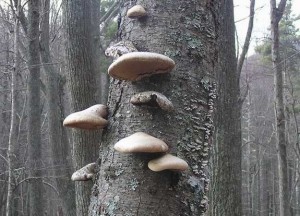
Birch Polypores only grow on Birches, photo by Hitch Hiker’s Notebook
A hardwood the specific gravity of North American birches ranges from 0.55 to 0.65 and has been used for furniture. Where ever they grow Birches are… appealing. An adult birch tree can produce a million seeds a year which is food for birds including the American goldfinch, pine siskin, northern junco, blue jay, chickadees and sparrows. Birches can also be important nesting sites for red-tailed hawks and vireos as well as cavity nesting sites for chickadees and woodpeckers. Strips of birch bark are the main building materials used by vireos for their hanging nests while other birds and squirrels use the bark to make nests and line dens. The Yellow-bellied sapsucker drills into birches to make the sap weep to attract ants which the bird then eats. The Birch Polypore, Piptoporus betulinus, used for sharpening knives, also only grows on birches.
By the way, the town of Birch Tree is in Missouri, elevation 991 feet, population 679. Nestled in the Ozarks it was named for the tree growing near the post office. Don’t laugh, Viburnum, Missouri, got it’s name in a similar way. Between the 2000 and the 2010 census Birch Tree’s population increased by 45 people. Small as it may be the governor of Missouri from 2001 to 2005, Bob Holden, was born in Birch Tree. And the governor directly before Holden, Mel Carnahan, was also from Birch Tree. While governor in 2000 Carnahan ran for the U.S. senate and was elected post posthumously, the only time that has ever happened. He died in a plane crash three weeks before the election. As Carnahan’s name could not be removed from the ballot his wife Jean stepped in and won the election by a 2% margin. She was then appointed senator by the lieutenant governor, Roger B. Wilson.
Green Deane’s “Itemized” Plant Profile: Black Birch, River Birch
IDENTIFICATION: Betula nigra: Medium size deciduous tree to 35 feet, reddish to yellowish brown, scaly flaking bark. Leaves alternate, simple, almost triangular in shape, doubly serrated. Male flowers pendulous catkins, female flowers short, erect catkins,
TIME OF YEAR: Different parts different times of the year.
ENVIRONMENT: Floodplains and wooded stream banks. It is the only Birch found a low altitudes in the southeastern United States.
METHOD OF PREPARATION: Like all the other birches.
A couple of related issues: People who have an allergy to bananas often have an allergy to Birches. Grace Morley, 18, of England, suffers from one of the world’s oddest allergies. She goes into toxic shock if she eats an apple near a birch tree. Morley has no reaction to either the fruit or tree pollen on their own.
Birches
By Robert Frost, 1915
When I see birches bend to left and right
Across the lines of straighter darker trees,
I like to think some boy’s been swinging them.
But swinging doesn’t bend them down to stay
As ice-storms do. Often you must have seen them
Loaded with ice a sunny winter morning
After a rain. They click upon themselves
As the breeze rises, and turn many-colored
As the stir cracks and crazes their enamel.
Soon the sun’s warmth makes them shed crystal shells
Shattering and avalanching on the snow-crust—
Such heaps of broken glass to sweep away
You’d think the inner dome of heaven had fallen.
They are dragged to the withered bracken by the load,
And they seem not to break; though once they are bowed
So low for long, they never right themselves:
You may see their trunks arching in the woods
Years afterwards, trailing their leaves on the ground
Like girls on hands and knees that throw their hair
Before them over their heads to dry in the sun.
But I was going to say when Truth broke in
With all her matter-of-fact about the ice-storm
I should prefer to have some boy bend them
As he went out and in to fetch the cows—
Some boy too far from town to learn baseball,
Whose only play was what he found himself,
Summer or winter, and could play alone.
One by one he subdued his father’s trees
By riding them down over and over again
Until he took the stiffness out of them,
And not one but hung limp, not one was left
For him to conquer. He learned all there was
To learn about not launching out too soon
And so not carrying the tree away
Clear to the ground. He always kept his poise
To the top branches, climbing carefully
With the same pains you use to fill a cup
Up to the brim, and even above the brim.
Then he flung outward, feet first, with a swish,
Kicking his way down through the air to the ground.
So was I once myself a swinger of birches.
And so I dream of going back to be.
It’s when I’m weary of considerations,
And life is too much like a pathless wood
Where your face burns and tickles with the cobwebs
Broken across it, and one eye is weeping
From a twig’s having lashed across it open.
I’d like to get away from earth awhile
And then come back to it and begin over.
May no fate willfully misunderstand me
And half grant what I wish and snatch me away
Not to return. Earth’s the right place for love:
I don’t know where it’s likely to go better.
I’d like to go by climbing a birch tree,
And climb black branches up a snow-white trunk
Toward heaven, till the tree could bear no more,
But dipped its top and set me down again.
That would be good both going and coming back.
One could do worse than be a swinger of birches.

